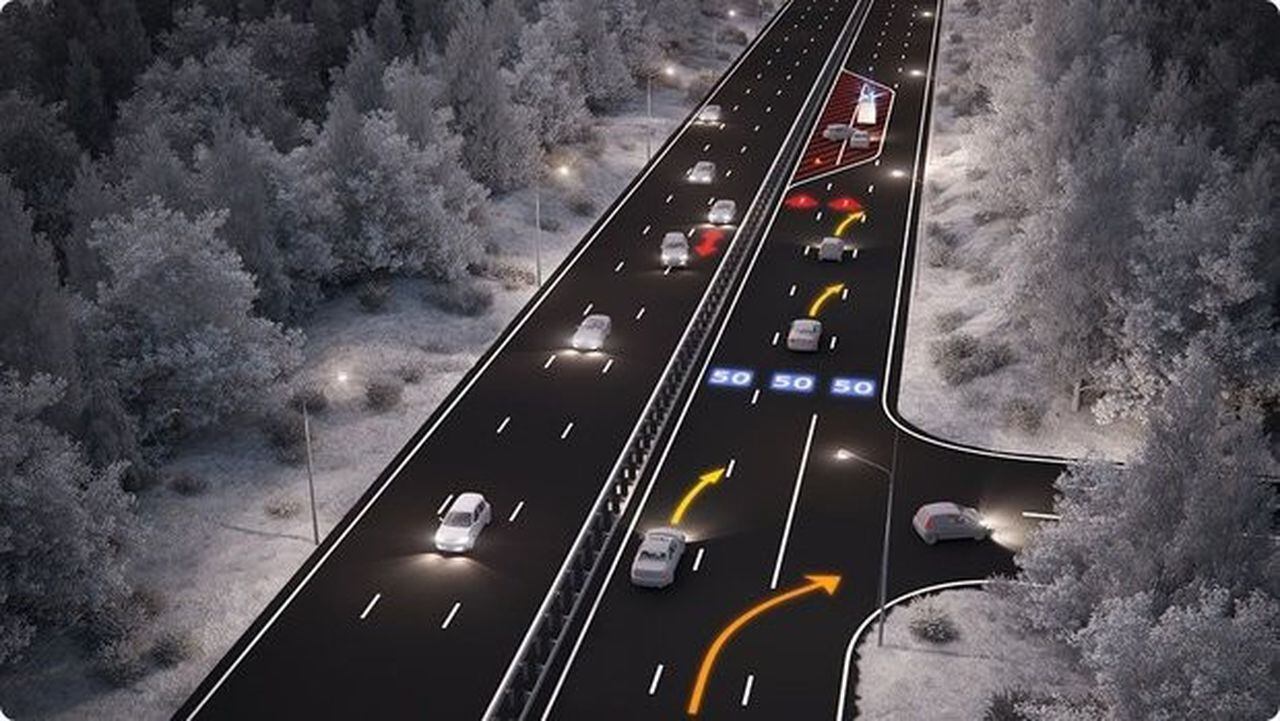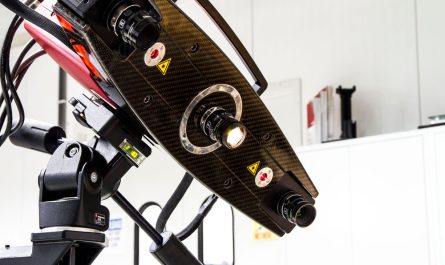Smart highways are the highways of the future that utilize advanced technologies such as sensors, IoT devices, and digital infrastructure to enhance transportation. By embedding these technologies into roads and vehicles, smart highways aim to improve safety, reduce traffic and environmental impact, and enable a host of new services.
Solving Congestion with Intelligent Transportation Systems
One of the main issues smart highways seek to tackle is traffic congestion. By 2050, traffic on roads is projected to increase substantially with the growing population and demand. To manage this, Smart Highways leverage technologies like adaptive traffic signal controls that can adjust light timings based on current traffic flow. Sensors in the roads collect real-time traffic and occupancy data that aids dynamic routing of vehicles. Motorists are guided to their destinations through the least crowded paths. Intelligent transportation systems enabled by the internet of things help smooth traffic movement.
Enhancing Safety with Connected Vehicle Technologies
Smart highways focus on safety as a top priority. Connected vehicle technologies facilitate vehicle-to-everything (V2X) communication where vehicles, infrastructure and even pedestrians can exchange information. Through short range wireless protocols, automated hazard warnings are disseminated ensuring no unsafe situations. Advanced driver assistance systems provide features like automatic emergency braking when obstacles are detected. By monitoring driver behavior, fatigue and distraction can also be identified to avert accidents. Real-time alerts about road conditions, blind spots and stops further assist drivers in navigating safely.
Enabling New Revenue Streams with Smart Infrastructure
The digital infrastructure incorporated into smart highways presents new commercial prospects. As high-speed internet connectivity is made available throughout, value-added services become feasible. Motorists can access entertainment, work remotely, order meals and make in-vehicle payments. Dynamic message signs can promote local businesses. Vehicle sensors permit precise targeted advertising. Toll collection is automated through RFID tags. Flexible pricing during high demand eases congestion while bringing revenue. Smart cities are also facilitated by roads serving as a medium for utility management and delivery logistics.
Promoting Sustainability with Intelligent Mobility Solutions
With the overarching aim of sustainability, smart highways deploy solutions that reduce environmental impact. Eco-friendly features like satellite guidance for optimized routing help vehicles drive fewer miles consuming less fuel. Electric vehicle charging stations powered by renewable energy become conveniently accessible on highways. Traffic is managed efficiently to prevent idling which lowers emissions. Shared Mobility as a Service transports more people per vehicle. Construction waste is turned into road materials and renewable energy harvests power from highways. Intelligent infrastructure improves sustainability of transportation systems.
Transitioning Smart Highways into Reality
Gradual upgrades are needed to incorporate smart highway advancements on a large scale. Standardizing connected vehicle communication protocols and cooperation between automakers is vital. Road authorities require integrating sensing, computing and control systems into existing infrastructure. Heavy initial investments are balanced against long term socioeconomic benefits. Public-private partnerships aid financing smart projects. Comprehensive testing of technologies ensures glitch-free solutions. Addressing cybersecurity risks and gaining public acceptance are also key to successful smart highway implementation. With prudent planning and execution, the vision of intelligent connected transportation can be brought to reality.
Note:
1. Source: Coherent Market Insights, Public sources, Desk research
2. We have leveraged AI tools to mine information and compile it




